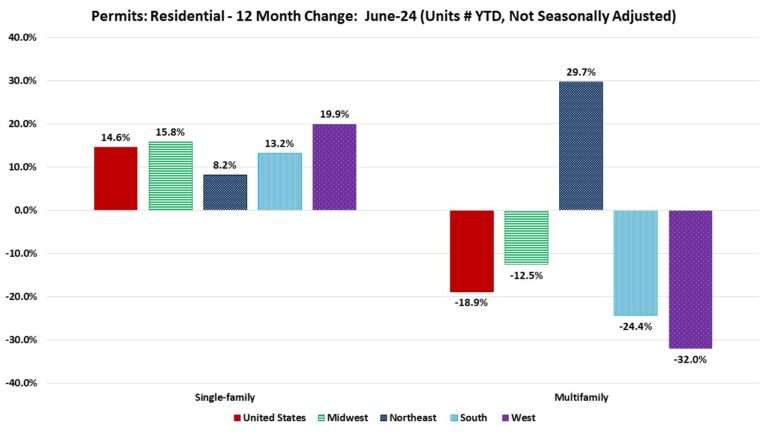NAHB published research earlier this year on home buyer preferences called What Home Buyers Really Want. Consumers were asked to rate how 19 technology features would influence their home purchase decision, if at all, using the following four-point scale:
Do not want – not likely to buy a home with this design or feature.
Indifferent – wouldn’t influence decision.
Desirable – would be seriously influenced to purchase a home because this design or feature was included.
Essential/Must have – unlikely to purchase a home without this design or feature
Seventy-eight percent of home buyers rated a programmable thermostat as either essential/must have or desirable, followed by security cameras (76%), video doorbell (74%), and wireless home security system (70%). Sixteen of the 19 technology features had at least 50% of home buyers rating them as essential or desirable.
The top eight features reveal that home buyers are looking for technology that helps them achieve two main goals:
Improve Energy Efficiency (programmable thermostat, multi-zone HVAC system, lighting control system, energy management system/display) AND
Increase Safety (security cameras, video doorbell, wireless & wired home security system)
Additionally, like the other areas of the home covered in the study, every question on technology features is tabulated by the buyer’s income, age, geography, race, household type, and the price they expect to pay for the home. These details can be very useful in particular cases. For example, the study discusses the five technology features that have the largest preference margins between the youngest and oldest buyers along with analyzing the prevalence of virtual tours by income and price point.
Discover more from Eye On Housing
Subscribe to get the latest posts sent to your email.
This article was originally published by a eyeonhousing.org . Read the Original article here. .


